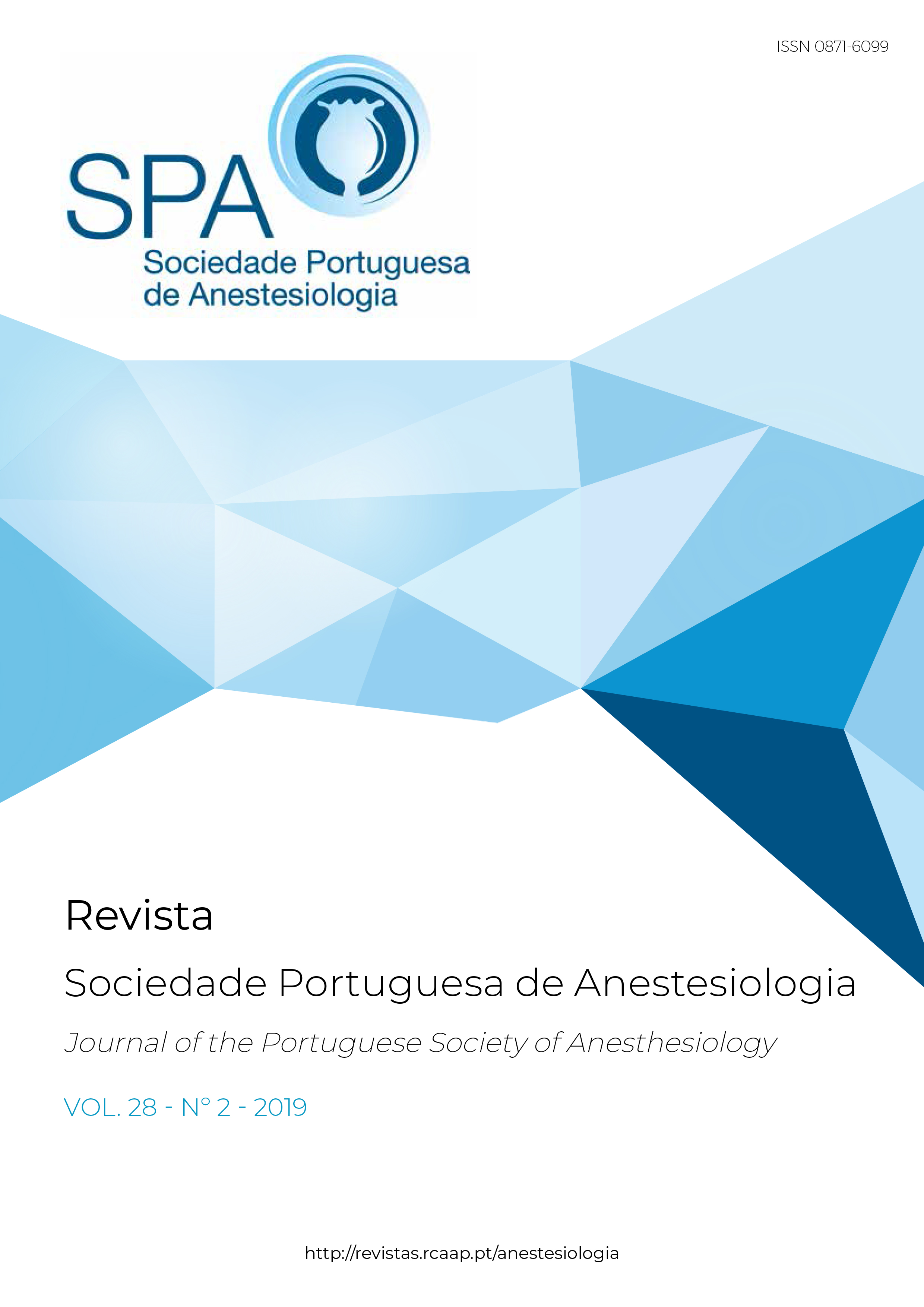Critical Appraisal of a Systematic Review: From Selection to Quality Assessment of Primary Studies
DOI:
https://doi.org/10.25751/rspa.17975Abstract
The first steps required for performing a systematic review include the definition of the research question and the search for primary studies. The latter typically results in a large quantity of potentially relevant studies, but only a minority of them end up being included in the systematic review. This prompts the need for a selection process that aims to identify the primary studies complying with the eligibility criteria. The selection of primary studies must be independently performed by at least two researchers. This process comprises two phases – the screening phase (where studies are selected based on title and abstract reading) and the inclusion phase (requiring full text reading). After completing the selection process, researchers should extract relevant data and information and assess the quality of primary studies included. Quality assessment should be performed based on predefined tools and criteria. Such assessment is important not only to evaluate the quality of the existing evidence regarding a particular research question, but also to identify methodological practices that future studies should take into account, or to help in the process of
qualitative and quantitative evidence synthesis.
Downloads
References
2. Meng T, Zhong Z, Meng L. Impact of spinal anaesthesia vs. general anaesthesia on peri-operative outcome in lumbar spine surgery: a systematic review and meta-analysis of randomised, controlled trials. Anaesthesia. 2017;72:391-401. doi: 10.1111/anae.13702.
3. Higgins JPT, Green S (editors). Cochrane Handbook for Systematic Reviews of Interventions (chapter 8) Version 5.1.0 [accessed March 2011]. The Cochrane Collaboration, 2011. Available from: http://handbook.cochrane.org.
4. Copetti M, Fontana A, Graziano G, Veneziani F, Siena F, Scardapane M, Lucsiano G, Pellegrini F. Advances in Meta-Analysis: Examples from Internal Medicine to Neurology. Neuroepidemiology. 2014;42:59-67. doi: 10.1159/000355433.
5. Montori VM, Smieja M, Guyatt GH. Publication Bias: A Brief Review for Clinicians. Mayo Clin Proc. 2000;75(12):1284-8.
6. Lin L, Chu H. Quantifying Publication Bias in Meta-Analysis. Biometrics. 2018; 74: 785–94. doi: 10.1111/biom.12817.
7. Sterne JA, Sutton AJ, Ioannidis JP, Terrin N, Jones DR, Lau J,et al. Recommendations for examining and interpreting funnel plot asymmetry in meta-analyses of randomised controlled trials. BMJ. 2011;343:d4002. doi:
10.1136/bmj.d4002.
Downloads
Published
How to Cite
Issue
Section
License
Articles are freely available to be read, downloaded and shared from the time of publication.
The RSPA reserves the right to commercialize the article as an integral part of the journal (in the preparation of reprints, for example). The author should accompany the submission letter with a declaration of copyright transfer for commercial purposes.
Articles are published under the terms of the Creative Commons Attribution Non-Commercial License (CC BY-NC).
After publication in RSPA, authors are allowed to make their articles available in repositories of their home institutions, as long as they always mention where they were published.


